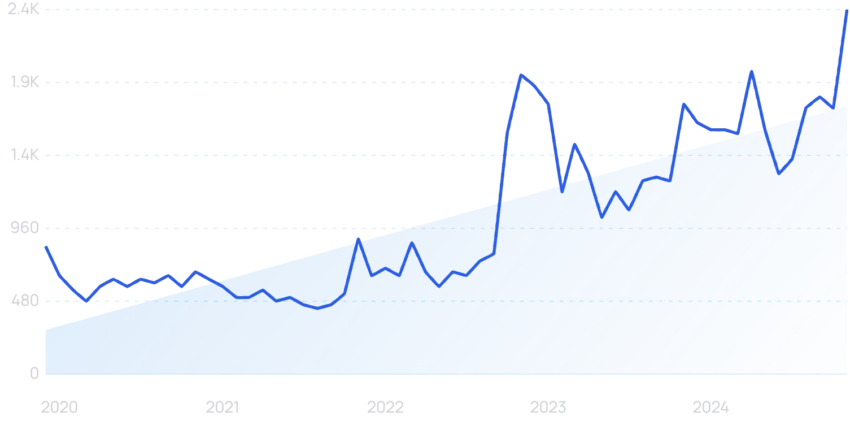TL;DR Summary of Semrush vs Similarweb: In-Depth Feature and Pricing Comparison for Marketers
Optimixed’s Overview: Choosing the Right Digital Marketing Tool Between Semrush and Similarweb
Comprehensive Feature Breakdown
Semrush and Similarweb serve overlapping but distinct purposes within digital marketing. Semrush is fundamentally an SEO-focused platform offering over 55 tools including keyword research, site audits, rank tracking, and content marketing features such as the SEO Writing Assistant. It provides granular keyword data (volume, difficulty, intent), personalized domain keyword difficulty scores, and extensive competitor SEO insights.
Similarweb, on the other hand, is a market intelligence platform that excels in providing broad traffic analytics, audience demographics, and market benchmarking. It covers web and app data across millions of sites, offering insights into visitor engagement, device usage, search terms driving traffic, and competitor market share analysis.
Key Use Cases and Strengths
- Semrush: Best for businesses emphasizing SEO, content strategy, PPC, and social media marketing. Ideal for deep keyword and competitor SEO research, technical site audits, and content optimization workflows.
- Similarweb: Suited for organizations focusing on understanding overall market trends, benchmarking competitors’ traffic and engagement, and gaining audience insights beyond SEO metrics.
Pricing and Accessibility
Semrush offers a free plan with limited access and paid tiers starting at $139.95/month for the core SEO toolkit. Additional specialized toolkits (Traffic & Market, Content, AI, Advertising) are available at various price points. Similarweb does not offer a free plan; paid subscriptions start at $199/month and often require custom quotes depending on features.
User Experience and Interface
Both Semrush and Similarweb provide intuitive, well-organized interfaces with helpful tooltips, making them approachable for beginners and powerful for advanced users. Semrush organizes tools by marketing workflow, while Similarweb presents clean, visually appealing data charts that avoid user overwhelm despite large datasets.
Integrating Emerging Trend Analysis
Neither platform currently offers predictive trend forecasting, an important feature for gaining a competitive edge. Complementing these tools with a solution like Exploding Topics Pro can provide emerging trend identification and growth forecasts, which marketers can then validate and build strategies around using Semrush or Similarweb’s keyword and market research capabilities.
Final Considerations
Choosing between Semrush and Similarweb depends on your marketing objectives: opt for Semrush if SEO and content marketing depth are priorities, or choose Similarweb if market intelligence and traffic analytics are more critical. For maximum advantage, combining these platforms with trend forecasting tools enhances strategic planning and execution.
